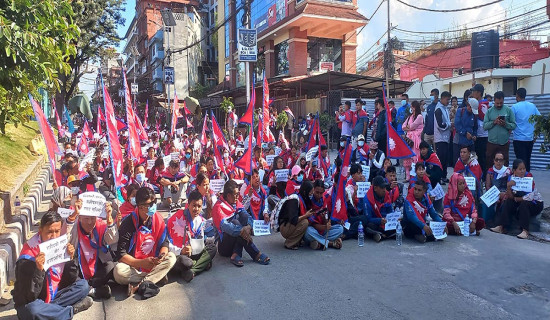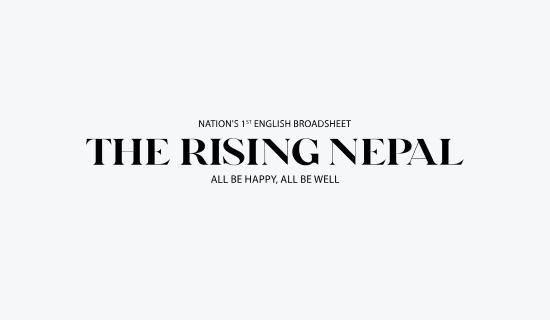- Saturday, 25 October 2025
Faking documents can land you in trouble
Kathmandu, Aug. 23: Shweta Amgain thought she had found the perfect person to manage her trinket shop in Balaju, Kathmandu last year. This person was young, only 25 years of age, and held a Master’s degree in Business Administration. But most importantly, he had three years of prior experience in managing a store similar to hers and had a glowing recommendation letter from his former employer to prove it. Or so she thought.
Purely for formality, she emailed the person who had signed the letter only for Gmail to reply that the email address she wrote to could not be found. She googled the store’s name mentioned on the letterhead but could not find that either. This made her suspicious so she pressured the prospective employee to give her the number of the store he claimed to work for. After refusing a few times, he came clean and admitted that he had forged the letter.
In 2017, when Elina Bista worked as a counsellor at a consultancy that guided students seeking to study abroad, a friend contacted her about pursuing an education in the United Kingdom. She asked her to bring her transcripts, certificates and other documents to her office.
Her friend did as told, and, in addition to her academic papers, brought a cut-out from an English-language newspaper that had news about her supposedly being honoured by her municipality for supporting a blood donation drive.
The consultancy Bista worked at had a policy of verifying submitted documents before processing them to protect their credibility in front of their foreign partners. So, her bosses asked her to visit the newspaper’s office and make sure that the news was real.
Bista contacted the paper and visited its office. The editor gave her access to their archives and she went through the edition of the date mentioned in the clipping. The news was nowhere to be found. She read all the editions of the paper published that week but did not find the news she had been given.
Angry at the apparent deception, she called her friend and asked her directly if she had forged the clipping. Her friend did not deny it.
“It is distressingly easy to fake logos, certificates, letters, newspaper mastheads and other supposed marks of authenticity,” Bista worried, recalling that incident.
Sometimes, it is as simple as copying and pasting, said freelance graphic designer Amit Pandey. “You would be surprised how far basic Photoshop skills and YouTube tutorials can take you.”
Pandey disclosed that some have contacted him in the past to make fake letterheads and award certificates. “They do not understand the consequences what they are doing. They think it is a harmless act that will help them get a job or a scholarship. But it is not so.”
He added, “It damages the credibility of organisations, puts genuine people under suspicion and, if discovered, ruins the career of the forger.”
The Rising Nepal managed to contact two individuals who admitted to producing fake recommendation letters and placing non-existent news on the pages of newspapers for money. They refused to speak on the record for fear of legal repercussions but were willing to reveal that many of their clients were young high school graduates trying to fabricate records of work experience or social service to go abroad. They also said that rather than use the names of existing organisations, they conjured up imaginary firms as they would be harder to trace and verify.
Both strongly advised against faking documents though as there are tools available that can detect forgeries and “Once you’re caught, it’s all over,” they said.













